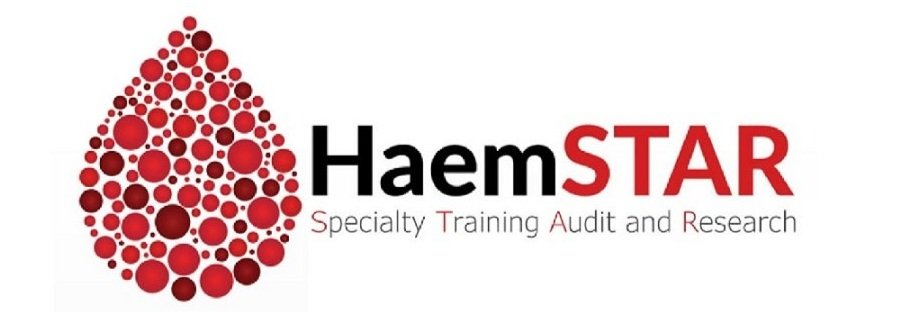British Society for Haematology 64th Annual Scientific Meeting
In April 2024 I was delighted to attend the 64th British Society for Haematology Annual Scientific Meeting with the partial financial support of NIHR/ HaemSTAR. This exciting opportunity to attend my first haematology national conference combined several novel experiences: my first visit to the North (Liverpool- I will return!), my first e-poster presentation and my first exposure to non-linear career opportunities. My conference experience kicked off with the Welcome Reception on Saturday evening, where I met colleagues both old and new. We spoke about special interests, varying from digital pathology eclipsing the use of the microscope, to the influence of Lifestyle Medicine on patient experience and outcomes. It was inspiring to learn how senior colleagues have embraced change and refuel their passion for a decades’ long career in haematology. The next morning, the Welcome Address featured a moving performance by the ‘B positive’ choir which consists of singers affected by sickle cell disease. They have previously performed on several high-profile stages, including Britain’s Got Talent and the MOBO Awards. It was a notable effort to ensure that patients with this historically stigmatised disease were spotlighted at the conference. For me, this represented a humbling reminder to clinicians of the potential patients can reach when their disease control is optimised.
The HaemSTAR & TReN lecture was an enjoyable lecture, with the team explaining the origins of HaemSTAR, the power of national audits (including outcomes from the RAPIDO audit) and the long-term vision including HaemTRIAL. Current projects were also discussed. The Nigerian Society of Haematology and Blood Transfusion gave an outline on how they established a collaborative research fellowship, which showcased the dedication and resilience of the team involved. The Dragons Den portion of the lecture was particularly thought provoking. Candidates were vying to impress a panel with a well thought out future research proposal. Although this was a fictional funding opportunity, the candidates revealed how their pilot studies informed their research hypothesis and outlined successful formats to apply for funding for research projects. This was an extremely valuable opportunity for registrars like myself who are considering a research degree to diversify a career in haematology.
During my time at the conference, I was able to present my e-poster to fellow delegates. This was a small scale, retrospective study on the relationship between early diagnosis and treatment of suspected HLH on patient survival outcomes. This was a brilliant opportunity to discuss reasons behind varying regional approaches, complications with histological diagnostic yield (bone marrow aspirate vs. splenic biopsies) and I received constructive feedback on my communication of research findings. I was able to attend a variety of talks including enhancing health and wellbeing (the role of food, exercise and spirituality in enhancing healthcare), obstetric haematology and the management of complex cases, and review of BSH guidelines (including newly diagnosed large B cell lymphoma).
In conclusion, I found attending the conference an invaluable experience. I was able to network with a diverse group of enthusiastic haematologists, explore the different approaches to build a desirable career trajectory and felt inspired by the patient speakers (Be Positive in A Negative situation!). I thank NIHR/ HaemSTAR for supporting my attendance and recommend fellow trainee haematologists to attend conferences- you never know what experience will influence your future career and life choices.

